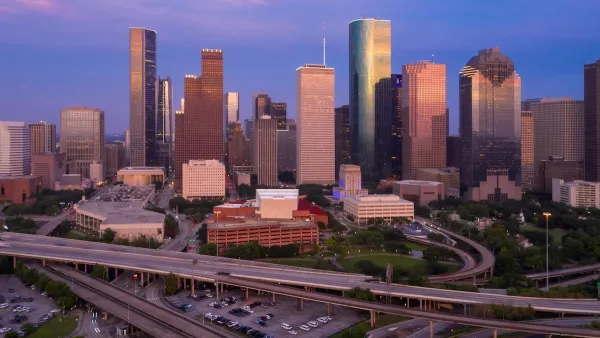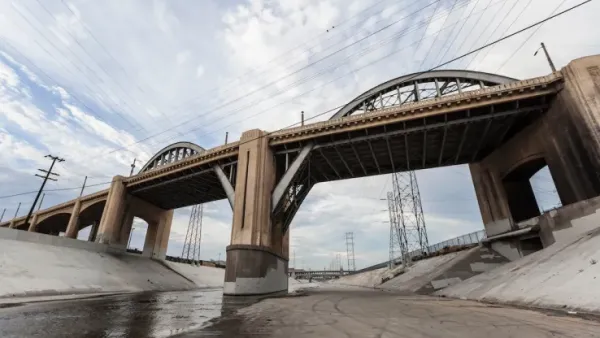Constructed at great expense over the past decade, Myanmar's planned capital city of Naypyidaw boasts an empty 20-lane stretch of road. The city's real purpose may be to discourage regime change.

Myanmar's own "road to nowhere" was likely constructed for very different reasons than outsized, underutilized infrastructure elsewhere. The country's planned capital city, Naypyidaw, was built from nothing under the regime of former military leader Than Shwe. "The reasons the government chose to relocate the capital from Rangoon (the previous capital) to a patch of previously uninhabited jungle 200 miles north remains [sic] equally unclear."
Some have theorized that Naypyidaw's location and layout are a means to prevent violent regime change. "Some reports suggest that the nervous president overseeing the construction of this new capital [...] insisted on the giant boulevard so that it could act as a runway for planes in case of riots." By design, the city lacks the wide public squares that often act as spatial catalysts for revolutions and popular movements.
Naypyidaw looks impressive, but its wide thoroughfares are often completely empty of traffic. The place serves as an extreme example of how politics can dictate a city's shape.
FULL STORY: The Road through Naypyidaw

National Parks Layoffs Will Cause Communities to Lose Billions
Thousands of essential park workers were laid off this week, just before the busy spring break season.

Retro-silient?: America’s First “Eco-burb,” The Woodlands Turns 50
A master-planned community north of Houston offers lessons on green infrastructure and resilient design, but falls short of its founder’s lofty affordability and walkability goals.

Delivering for America Plan Will Downgrade Mail Service in at Least 49.5 Percent of Zip Codes
Republican and Democrat lawmakers criticize the plan for its disproportionate negative impact on rural communities.

Test News Post 1
This is a summary

Test News Headline 46
Test for the image on the front page.

Balancing Bombs and Butterflies: How the National Guard Protects a Rare Species
The National Guard at Fort Indiantown Gap uses GIS technology and land management strategies to balance military training with conservation efforts, ensuring the survival of the rare eastern regal fritillary butterfly.
Urban Design for Planners 1: Software Tools
This six-course series explores essential urban design concepts using open source software and equips planners with the tools they need to participate fully in the urban design process.
Planning for Universal Design
Learn the tools for implementing Universal Design in planning regulations.
EMC Planning Group, Inc.
Planetizen
Planetizen
Mpact (formerly Rail~Volution)
Great Falls Development Authority, Inc.
HUDs Office of Policy Development and Research
NYU Wagner Graduate School of Public Service




























